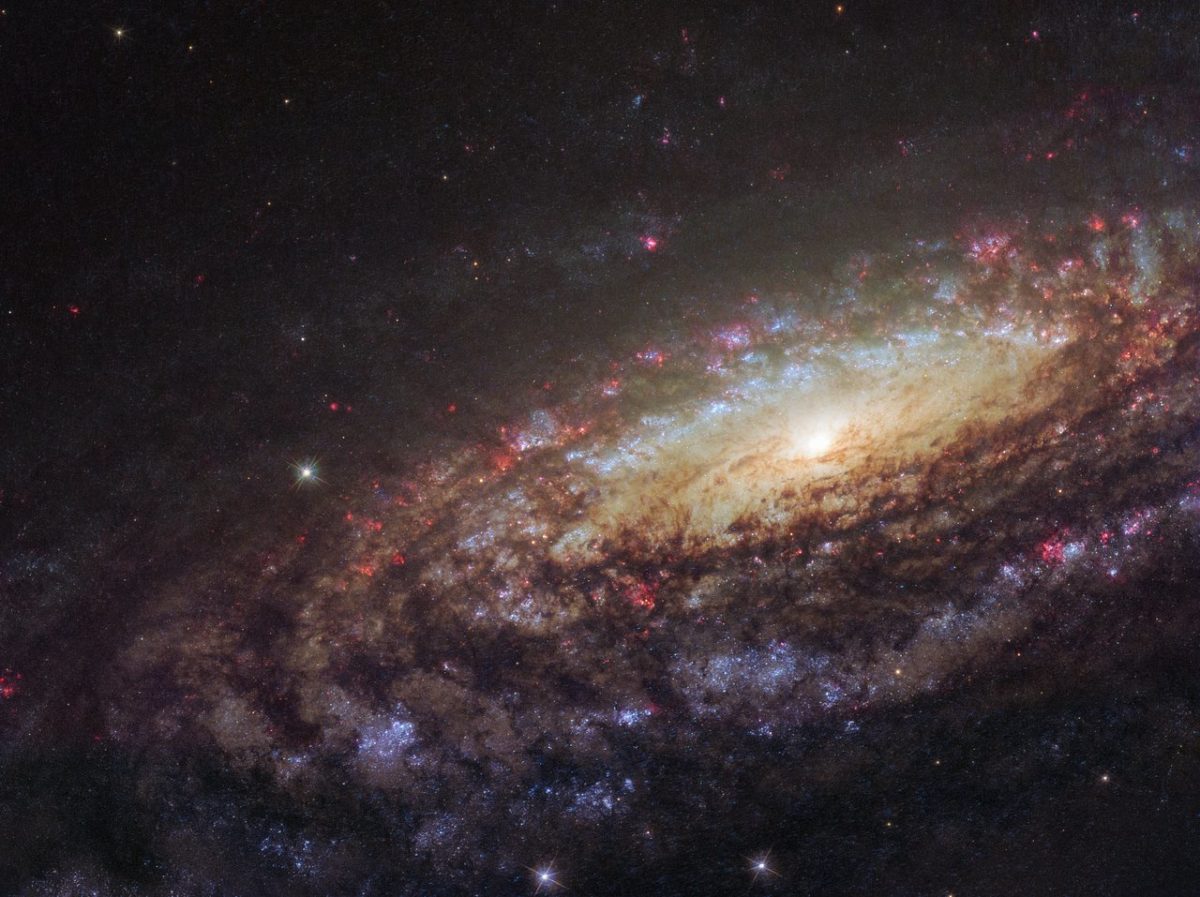Aquinas defines creation as not a change, but a simple emanation of being out of nothing. A thing may start to exist in two ways, either by creation or by a change, such as mutation, generation, or any type of movement. But creation has no movement. It is not a process. It is a simple emanation of being which is produced according to its entire substance. Hence, there are three characteristics of creation: (1) It is always a supernatural (and direct) act of God; (2) It is instantaneous and not continuous (not a process); (3) It does not involve any secondary causes. Evolution, in contrast, is: (1) natural; (2) a process (it is a change), and continuous, i.e., extended in time; (3) an operation of secondary causes. Creation and evolution are mutually exclusive—something is either created or evolved. Creation and evolution are in logical opposition.
Even so, many theologians believe that one and the same thing can come about by creation and by evolution. One influential theologian complains about “somewhat fierce debate raging between so-called creationism and evolutionism, presented as though they were mutually exclusive alternatives.” The theologian goes on to say: “This antithesis is absurd.” Another renowned theologian believes that “the alternative theory of evolution or creationism is too simplistic.” Yet if we adopt the classic Christian understanding of creation and the classic scientific understanding of evolution it is not absurd to oppose evolution and creation; rather, it is absurd to say there is no opposition between them.
It is not rare that Thomistic evolutionists call the creative act an intervention. They usually claim that God does not “intervene” in the natural world, but instead guides everything using natural secondary causes. By identifying creation with an intervention they dismiss creation as interventionism. There is a lot of confusion in this argument. “Intervention,” from the Latin inter-venio (“come between”), means that God enters a chain of causes and effects in order to change its course and bring about a different effect than would otherwise follow. But in creation there is no previous chain. God begins being in an absolute way whether it is the being of the total universe (first creation out of nothing) or the subsequent creation of particular new substances. Intervention presupposes the existence of causes and effects; creation does not presuppose anything. That’s why creation cannot be an intervention. We can compare divine creative activity to a painter adding a new object to a painting. It does not destroy anything that was already painted. It does not break any of the existing order. It simply adds something entirely new. In creation an absolute novelty is produced out of nothing.
Another confusion regarding the term “creation” is apparent in a phrase like “the mode of creation.” Thomistic evolutionists use this phrase to explain how God created species. They say that the Bible tells us that species were created, but it does not tell us anything about how it happened. To explain how species began to exist, they say, belongs to science. But this is already contradiction in terms, because if something emerges by creation there cannot be any process to account for its origin. Saying “a mode of creation” is redundant because creation signifies both that a thing began to exist and how it began to exist, namely, out of nothing by the direct act of God.
